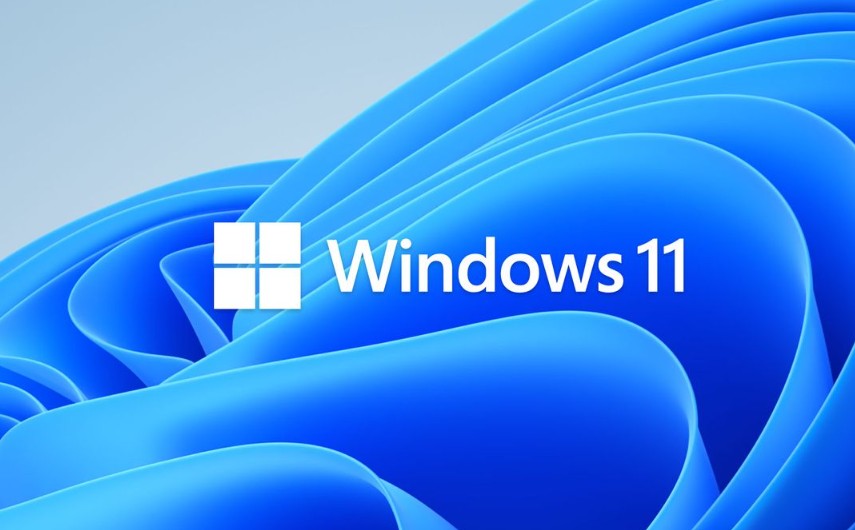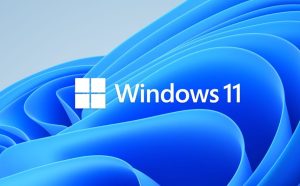
Upgrading to Windows 11 can feel like a big task, but don’t worry—I’ve got you covered. Whether you’re upgrading from Windows 10 or doing a clean installation, this guide will walk you through each step, from checking system requirements to setting up your new OS.
Let’s dive in!
Step 1: Check System Requirements
Before installing Windows 11, make sure your PC meets the minimum requirements:
✔ Processor – 1 GHz or faster, 64-bit, with at least 2 cores
✔ RAM – 4 GB or more
✔ Storage – 64 GB or more
✔ TPM 2.0 – Trusted Platform Module (you can check this in BIOS)
✔ Secure Boot – Must be enabled in BIOS
✔ Graphics – Compatible with DirectX 12 or later
✔ Display – 720p resolution or higher
💡 How to Check Compatibility:
- Download and run the PC Health Check tool from Microsoft.
- If your PC is compatible, you’ll see a confirmation. If not, you might need to upgrade hardware or enable TPM/Secure Boot in BIOS.
Step 2: Backup Your Data (Highly Recommended!)
While the upgrade process usually keeps your files, it’s always a good idea to back up important documents and photos just in case.
✔ Use OneDrive, Google Drive, or an external hard drive to save files.
✔ If doing a clean install, back up everything, as this will erase your entire drive.
Step 3: Download Windows 11
There are two main ways to install Windows 11:
Option 1: Upgrade from Windows 10 (Easiest Method)
- Go to Settings > Update & Security > Windows Update.
- Click Check for updates.
- If your PC is eligible, you’ll see the option to upgrade to Windows 11.
- Click Download and install and follow the prompts.
- Restart your PC when prompted.
💡 This method keeps your files, apps, and settings intact!
Option 2: Create a Bootable USB for a Clean Install
If you want a fresh start, you’ll need a bootable USB drive.
- Go to the Microsoft Windows 11 Download Page.
- Click Create Windows 11 Installation Media and download the tool.
- Insert a USB drive (8GB or larger) into your PC.
- Run the installation tool, select USB flash drive, and follow the instructions.
- Once finished, restart your PC and boot from the USB.
Step 4: Install Windows 11 (Clean Installation)
If you’re doing a fresh install, follow these steps:
-
Restart your PC and boot from the USB
- Press F2, F12, DEL, or ESC (varies by manufacturer) to enter the BIOS/Boot Menu.
- Select the USB drive as the boot device.
-
Start the Windows Setup
- Select Language, Time, and Keyboard Layout.
- Click Next > Install Now.
-
Choose Installation Type
- If upgrading, select Keep files and apps.
- If doing a clean install, choose Custom: Install Windows only (advanced).
-
Select Your Drive
- If doing a fresh install, delete partitions and install Windows on Unallocated Space.
- If upgrading, just select your main drive (C:).
-
Begin Installation
- Windows will now install. This process can take 15-45 minutes, depending on your system.
- Your PC will restart multiple times—don’t turn it off!
Step 5: Set Up Windows 11
Once the installation is complete, follow the setup wizard:
✔ Choose your country and keyboard layout.
✔ Connect to Wi-Fi (if applicable).
✔ Sign in with a Microsoft account (or create one).
✔ Customize settings like privacy and security.
✔ Wait for Windows to finalize the setup.
Step 6: Install Drivers & Updates
After logging in, install essential drivers and updates:
- Go to Settings > Windows Update and check for updates.
- Install graphics, Wi-Fi, and sound drivers if needed (from the manufacturer’s website).
- Install your favorite apps and restore files from your backup.
Final Thoughts
And that’s it! You’ve successfully installed Windows 11 on your PC. 🎉
If you run into any issues, check your BIOS settings (for TPM/Secure Boot) or download updated drivers from your PC manufacturer.
Got any questions? Drop a comment below—I’m happy to help! 💻🔥




More Stories
Boost Your Career with PAFI’s Continuing Education Programs
Service Trends in the Telecommunication Industry
How to Successfully Market Your Business to Younger Generations